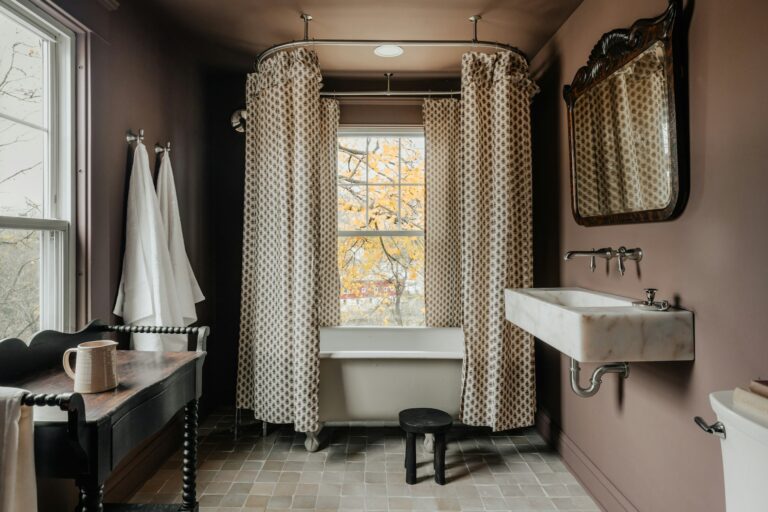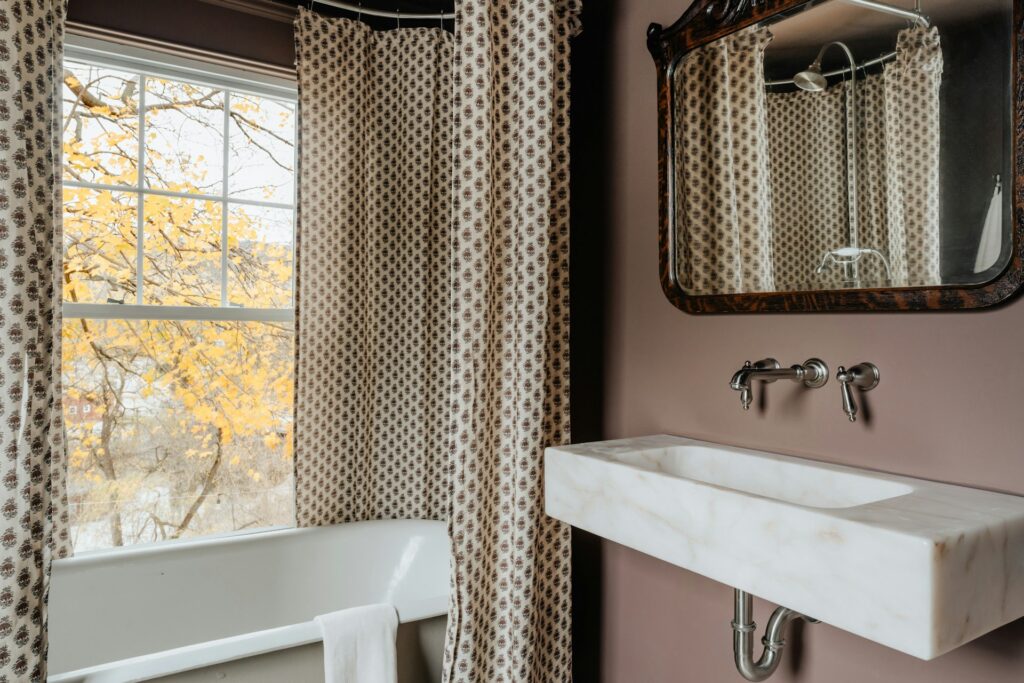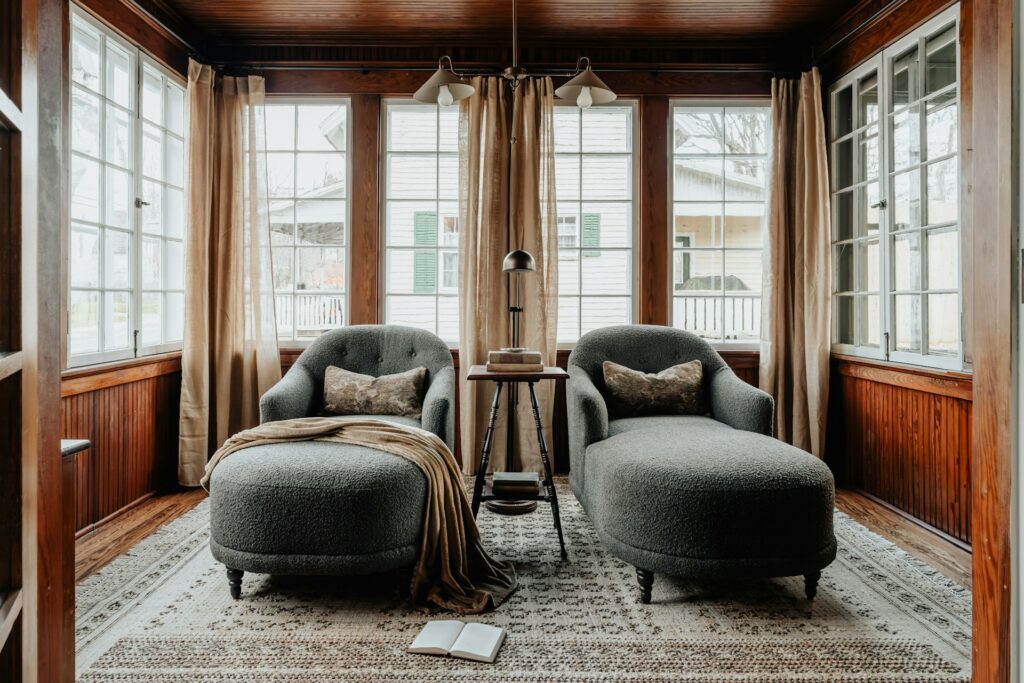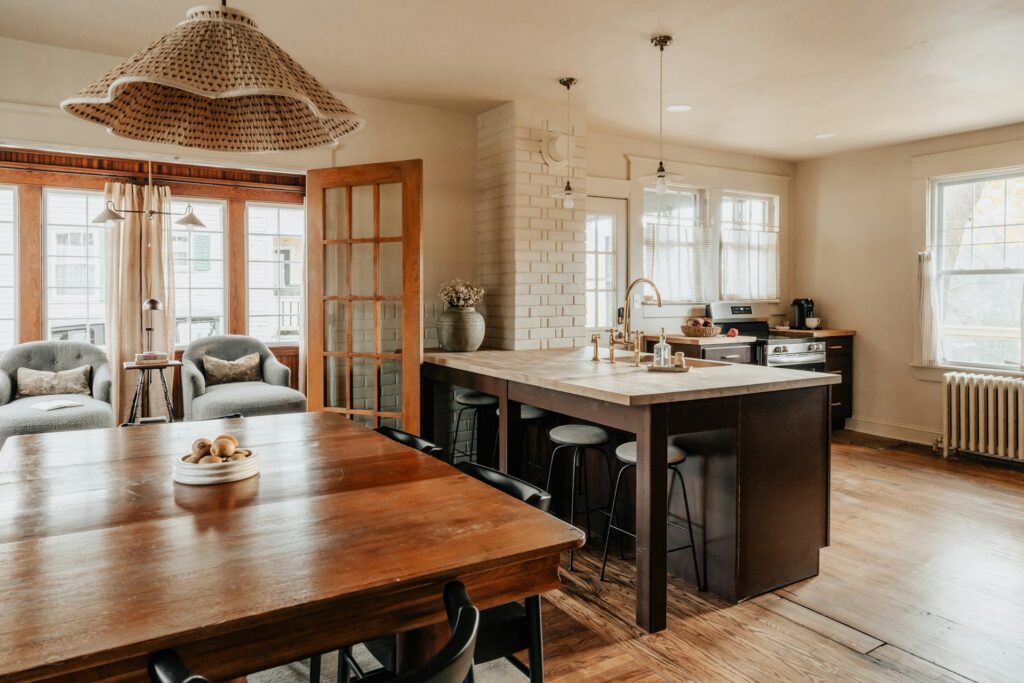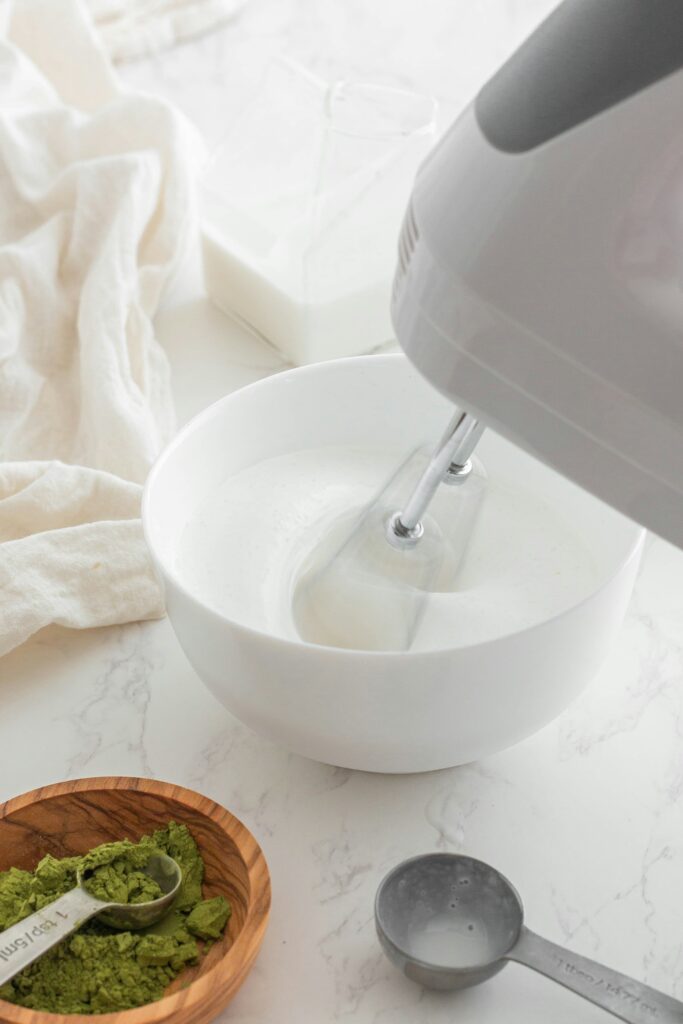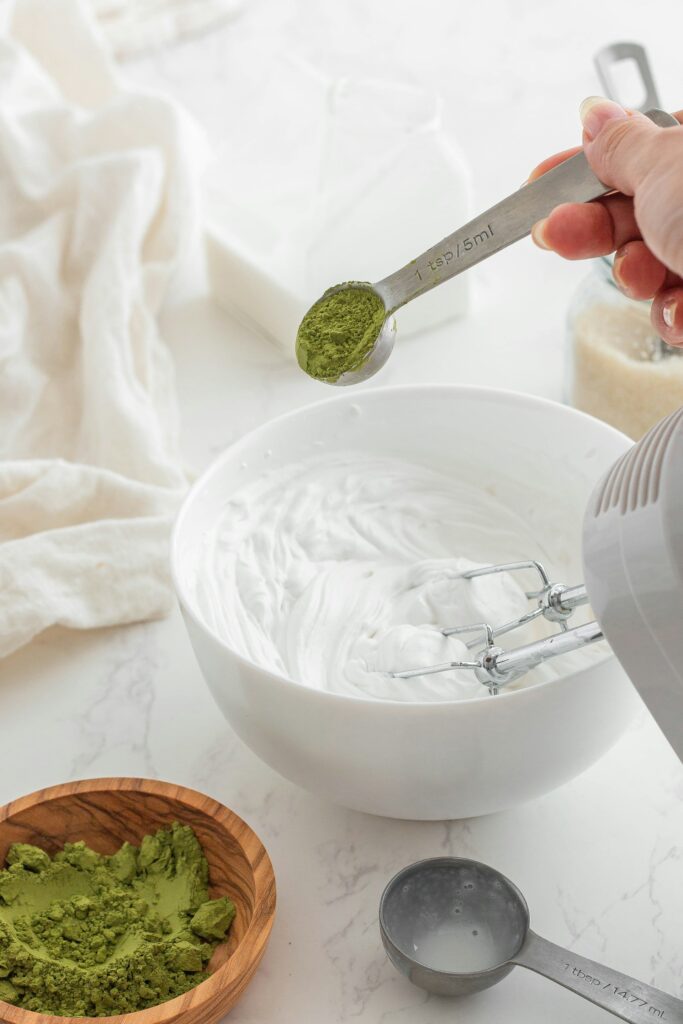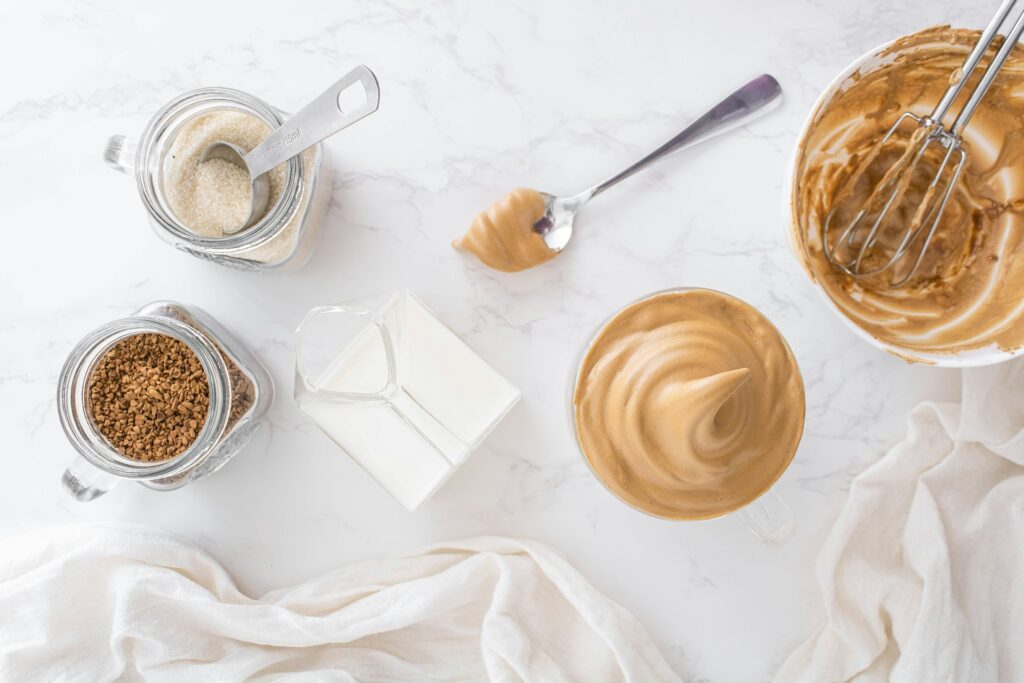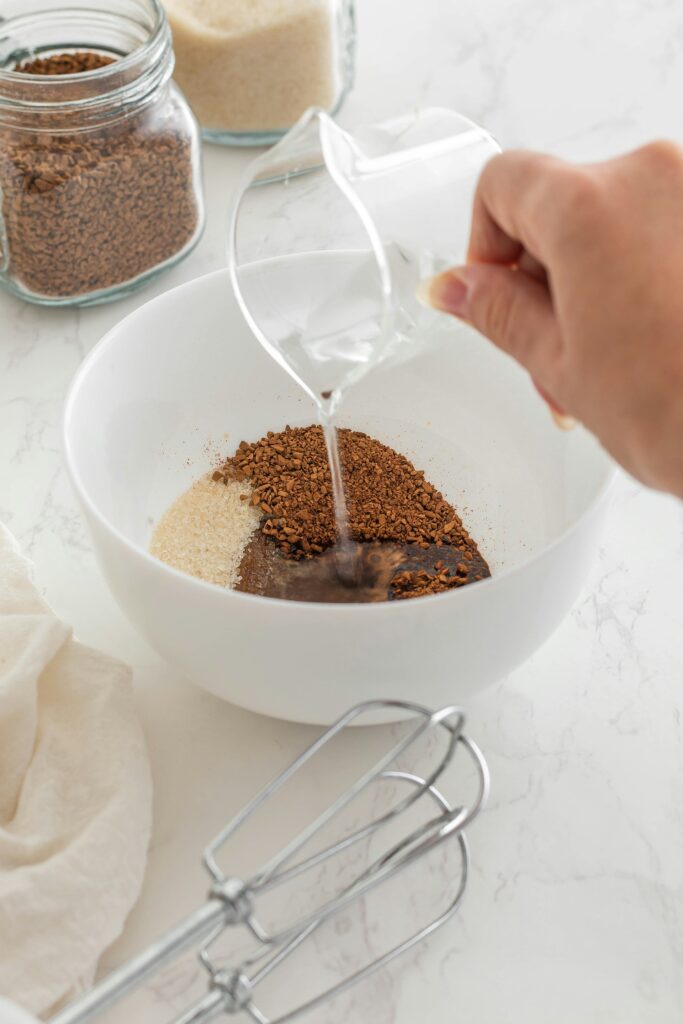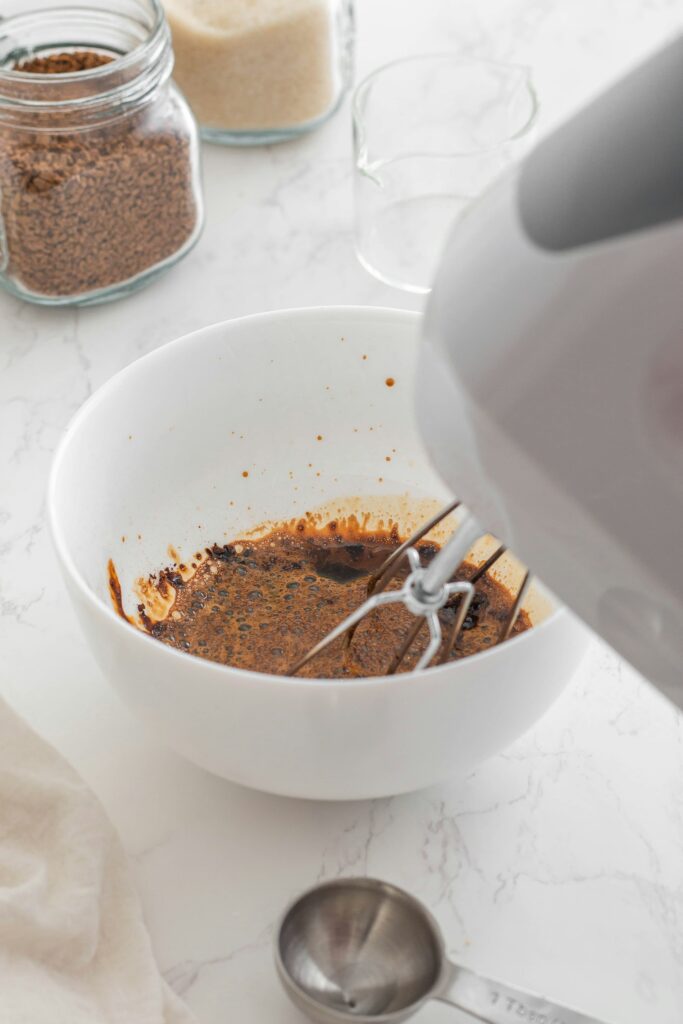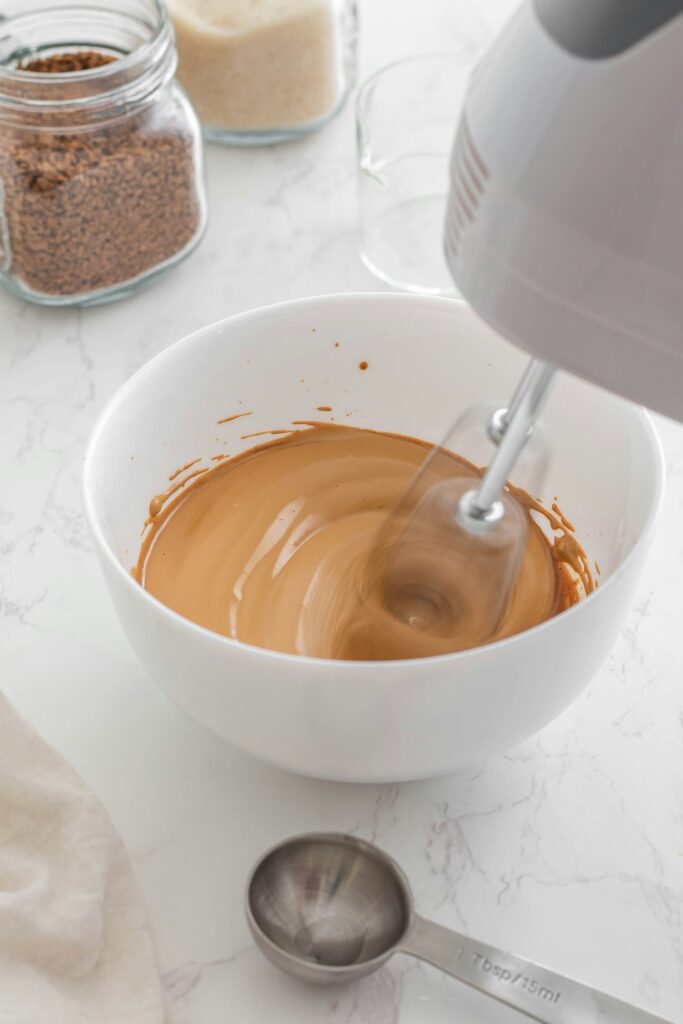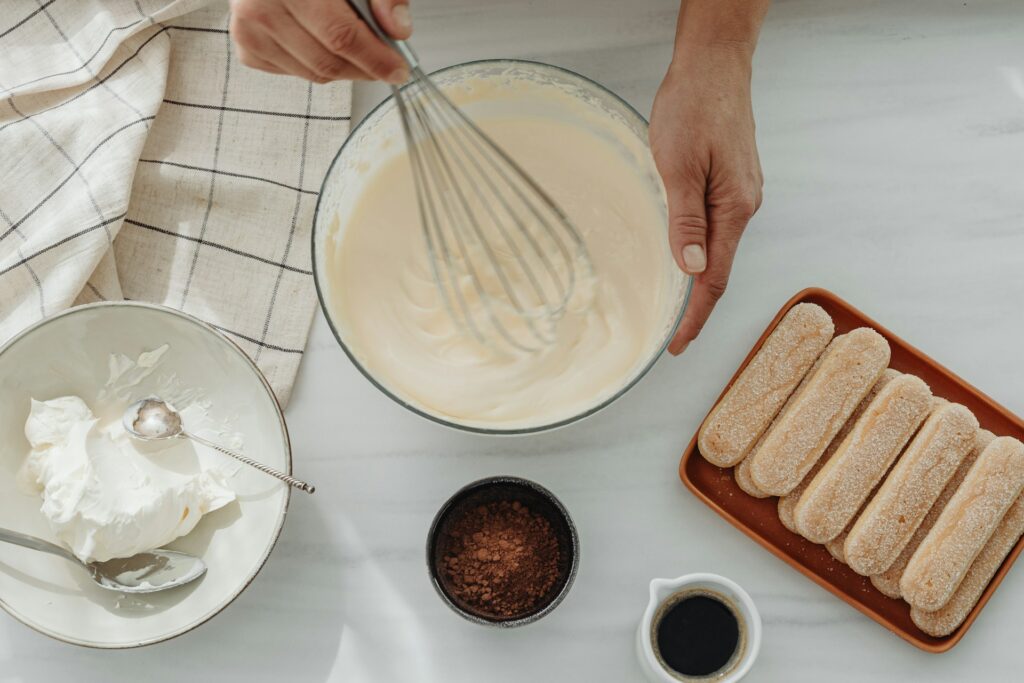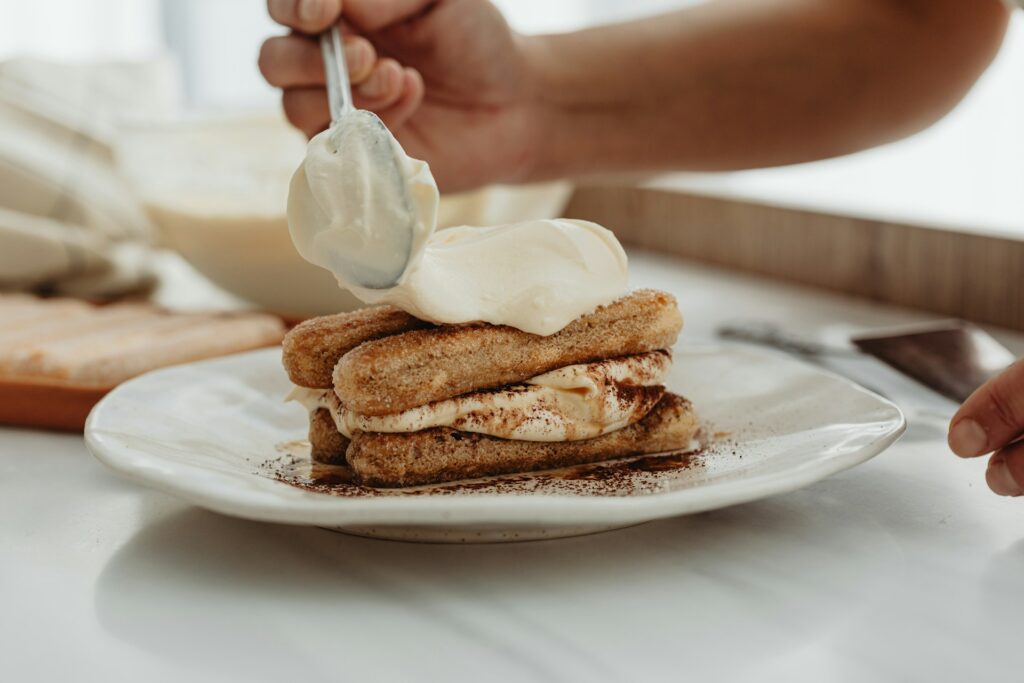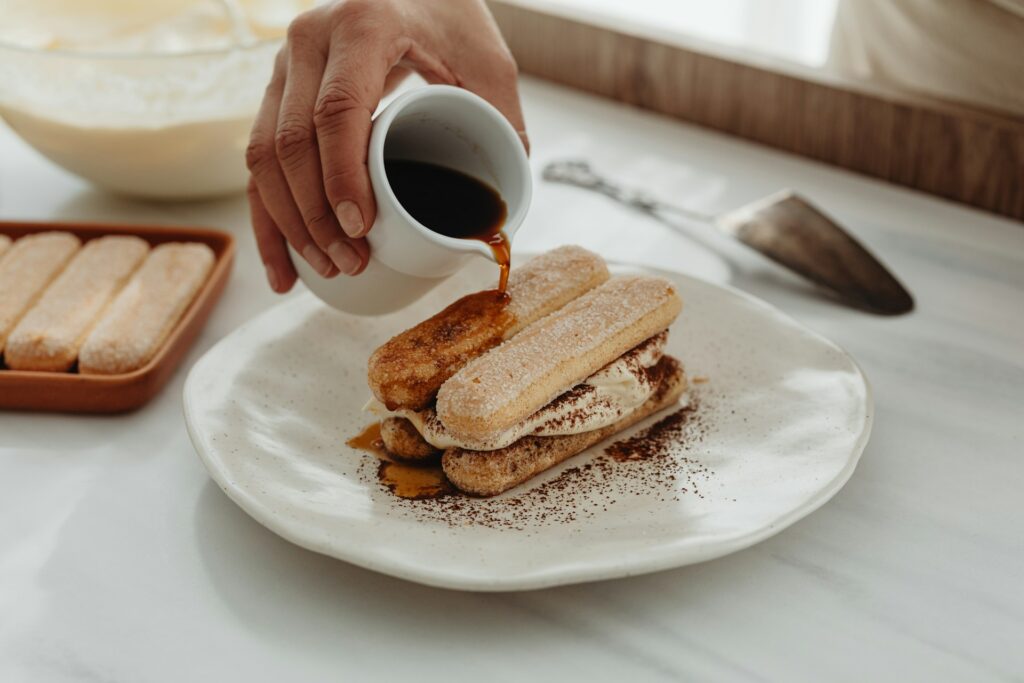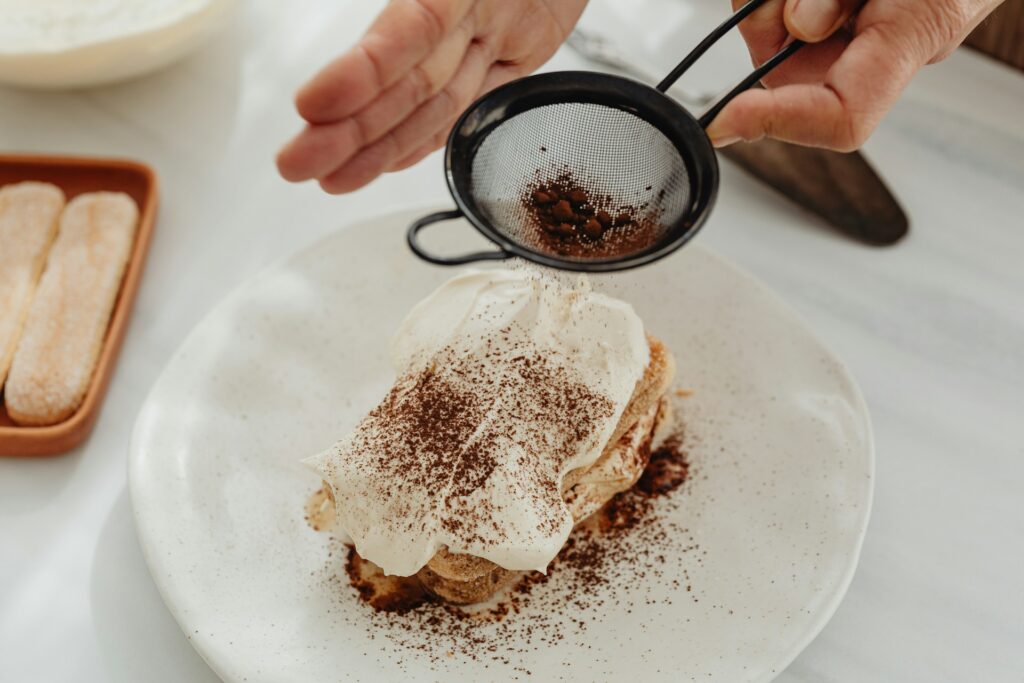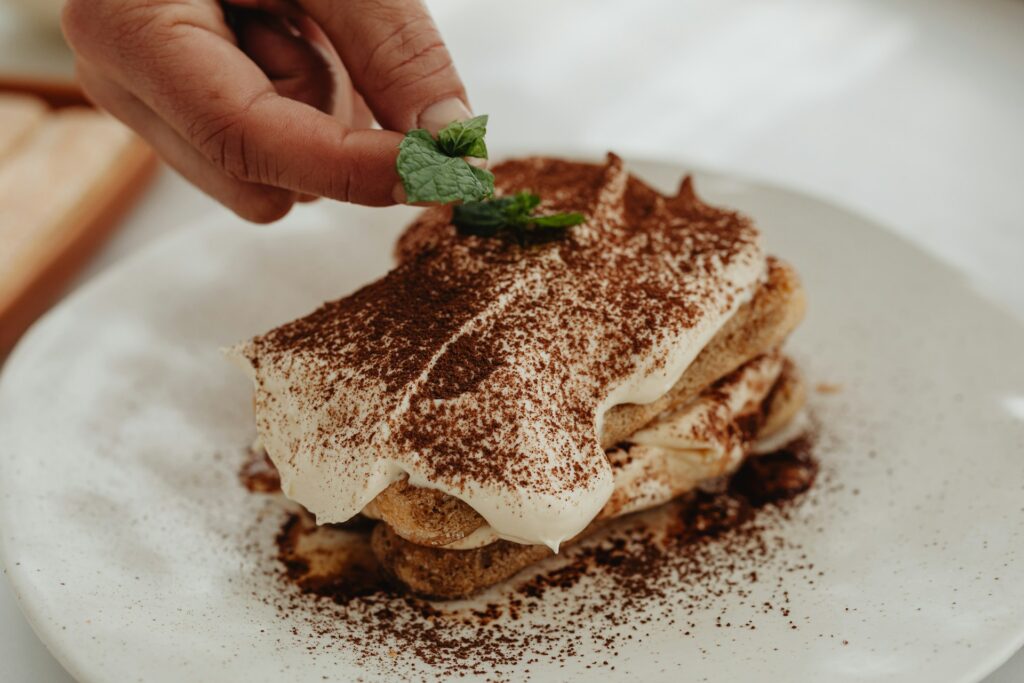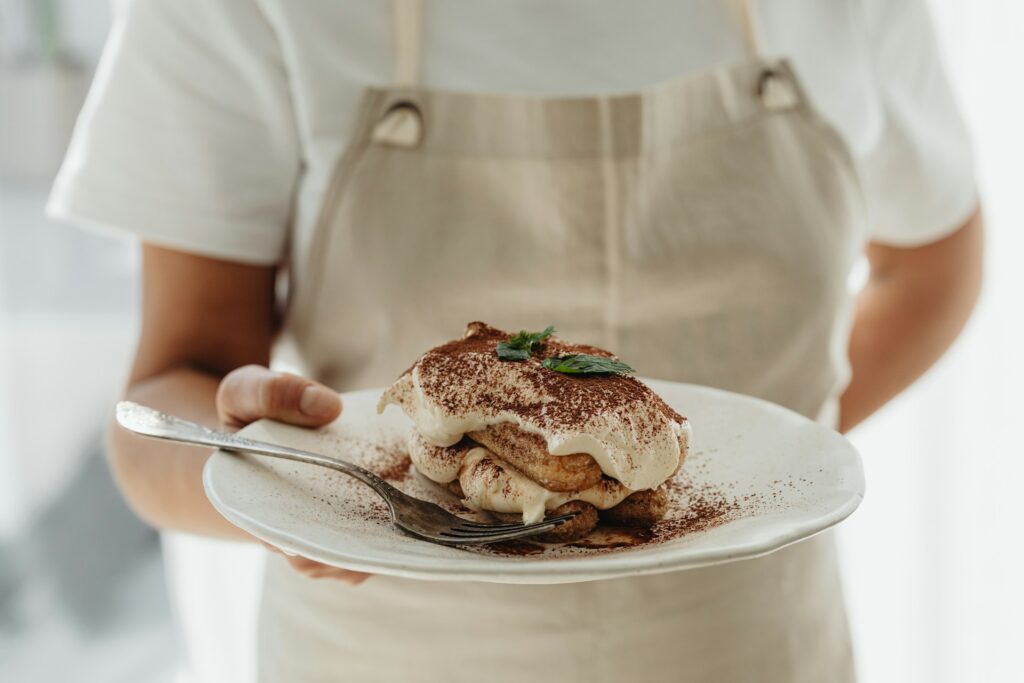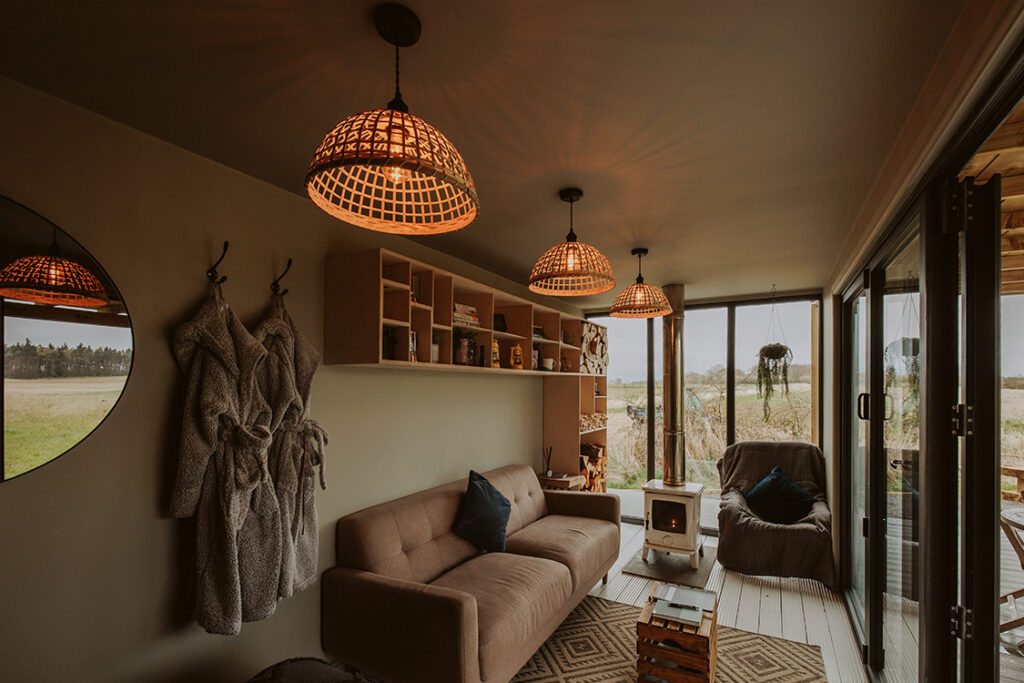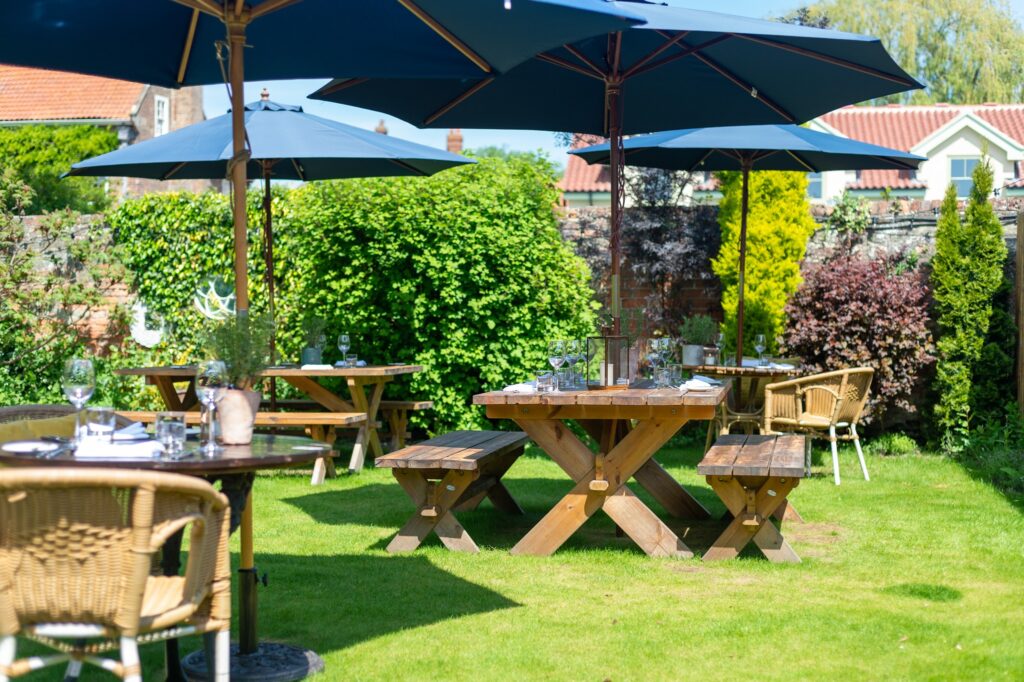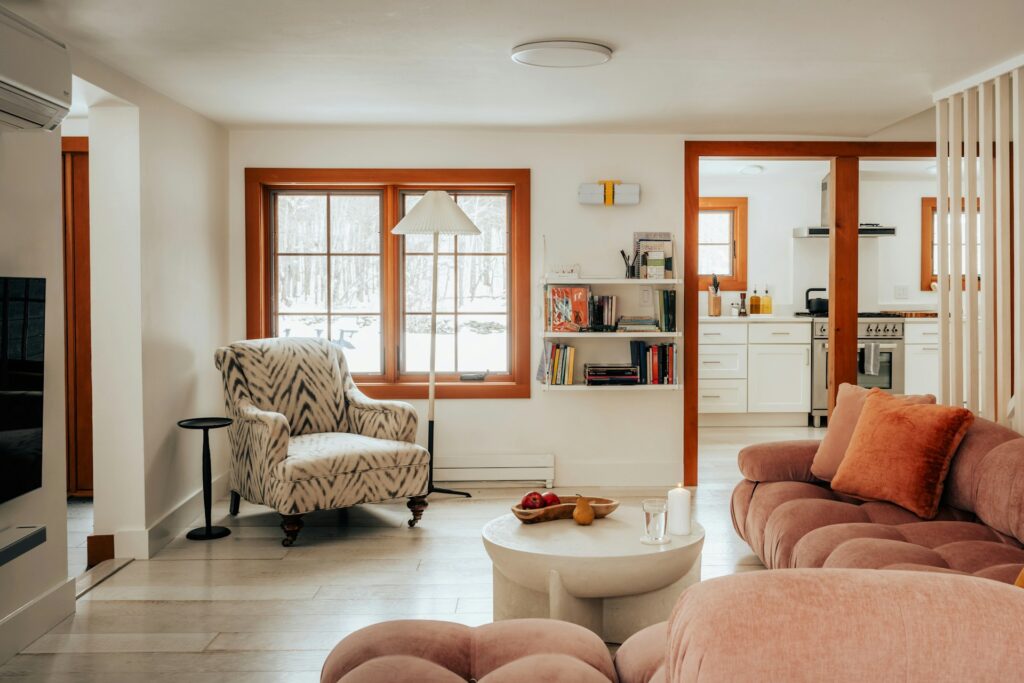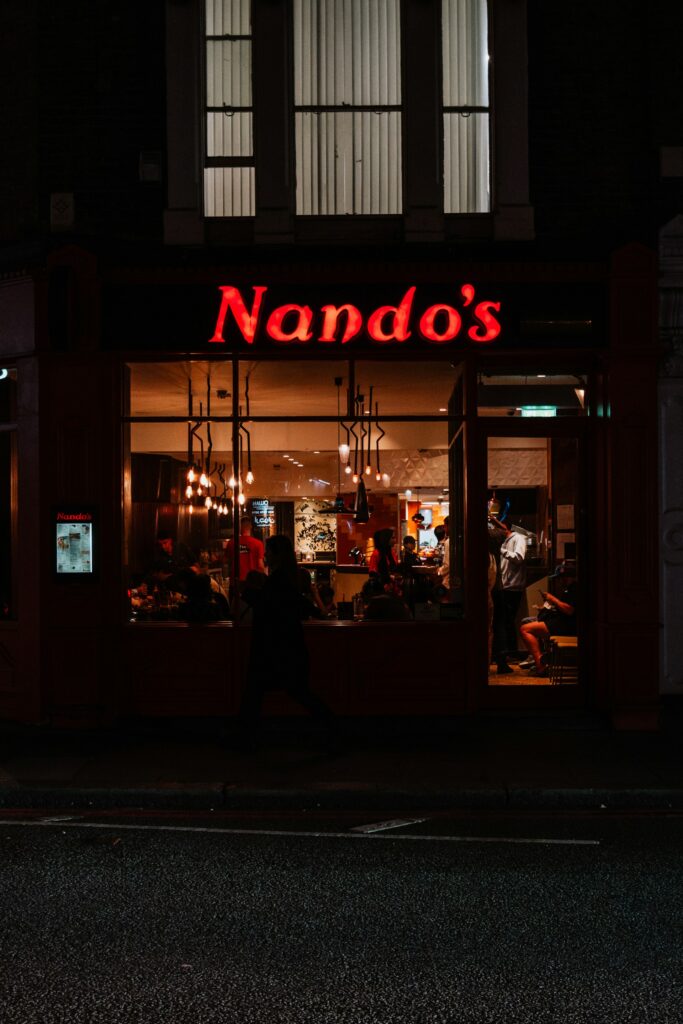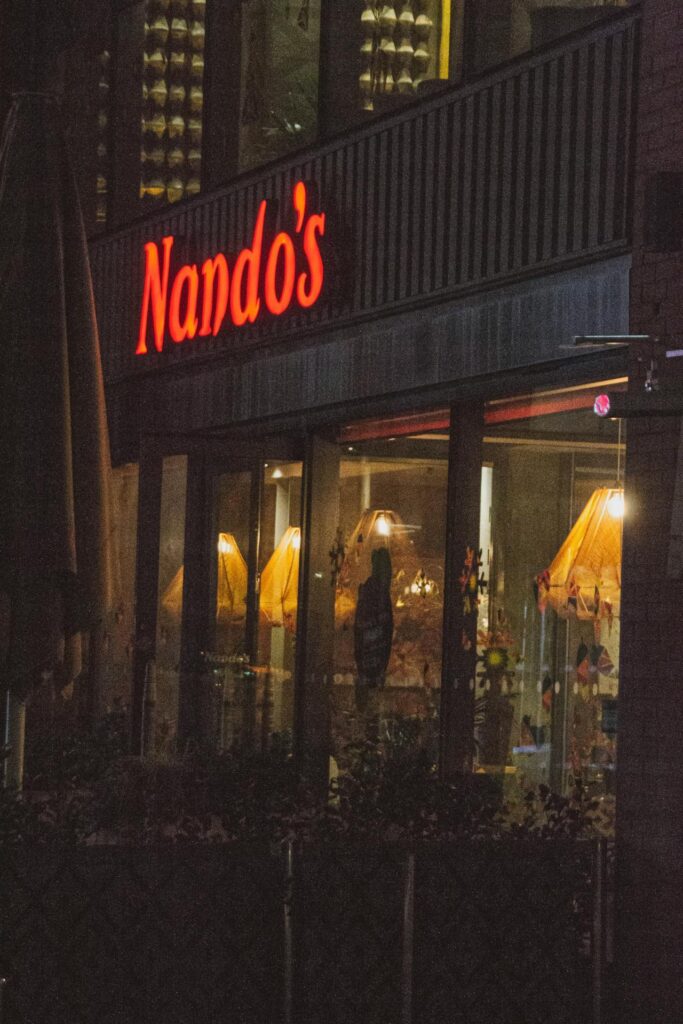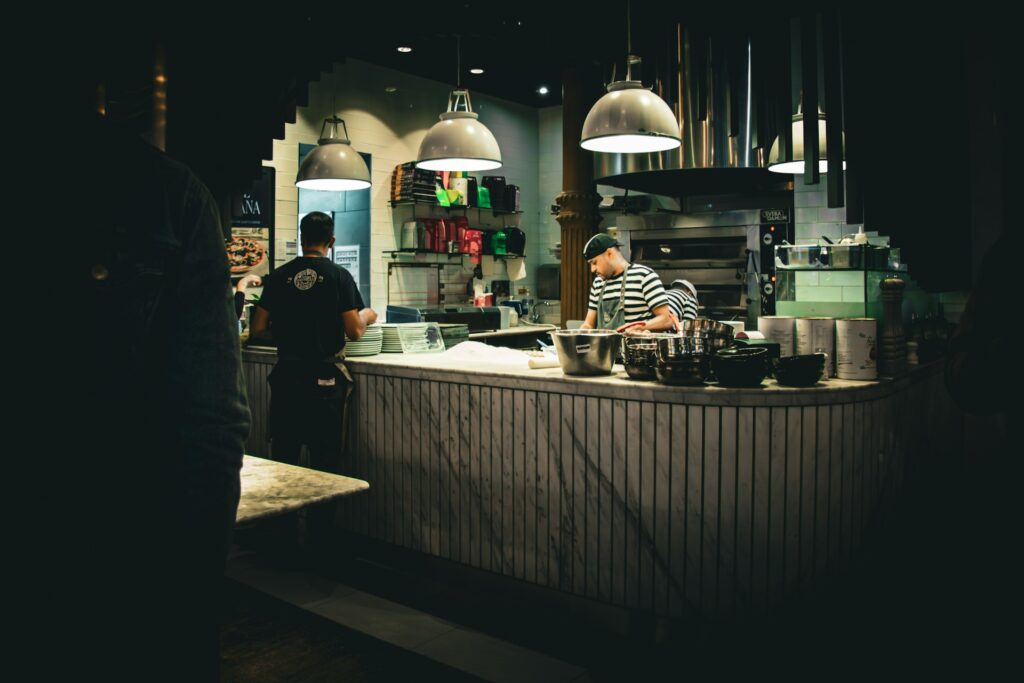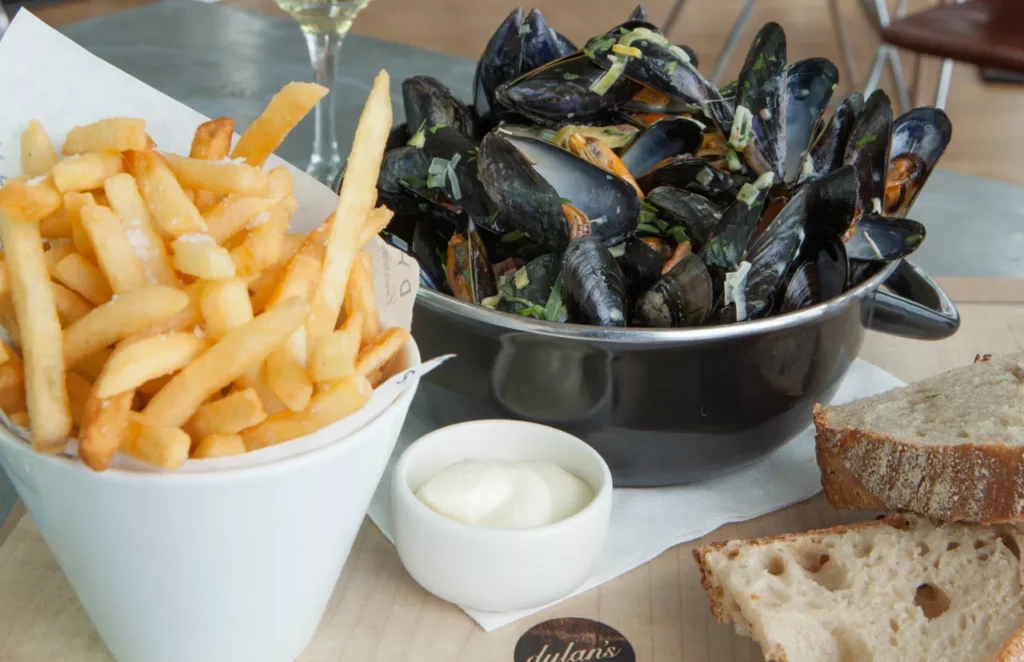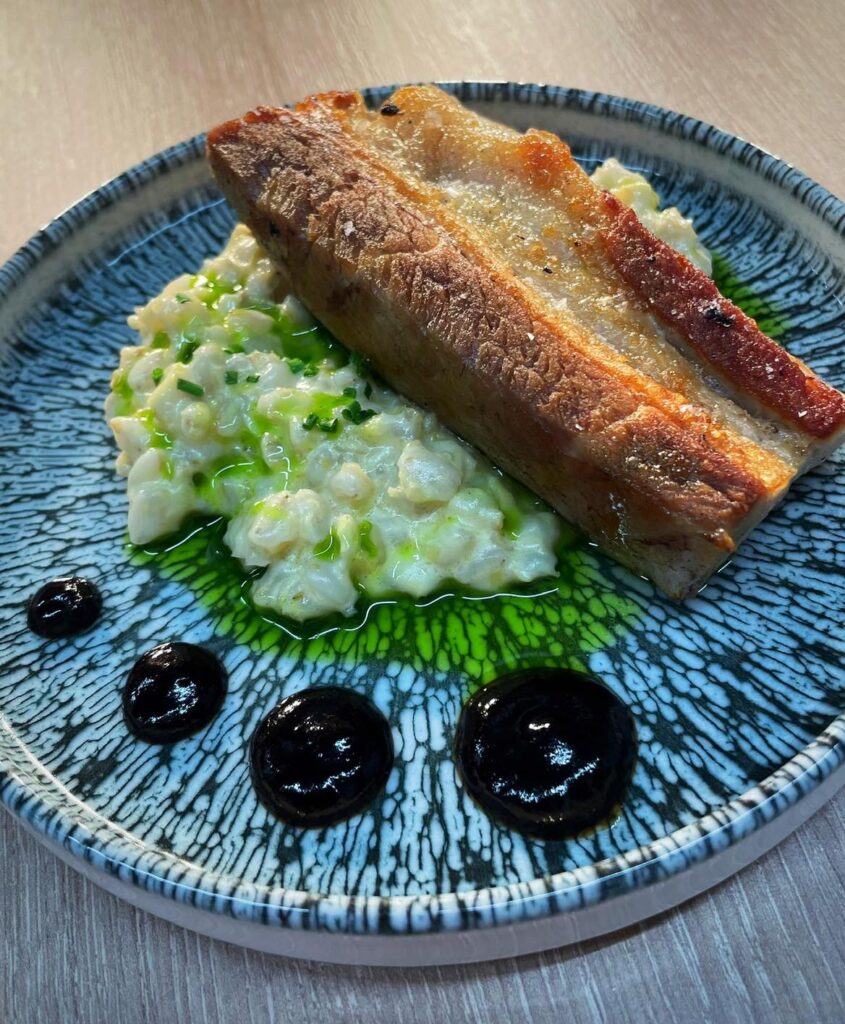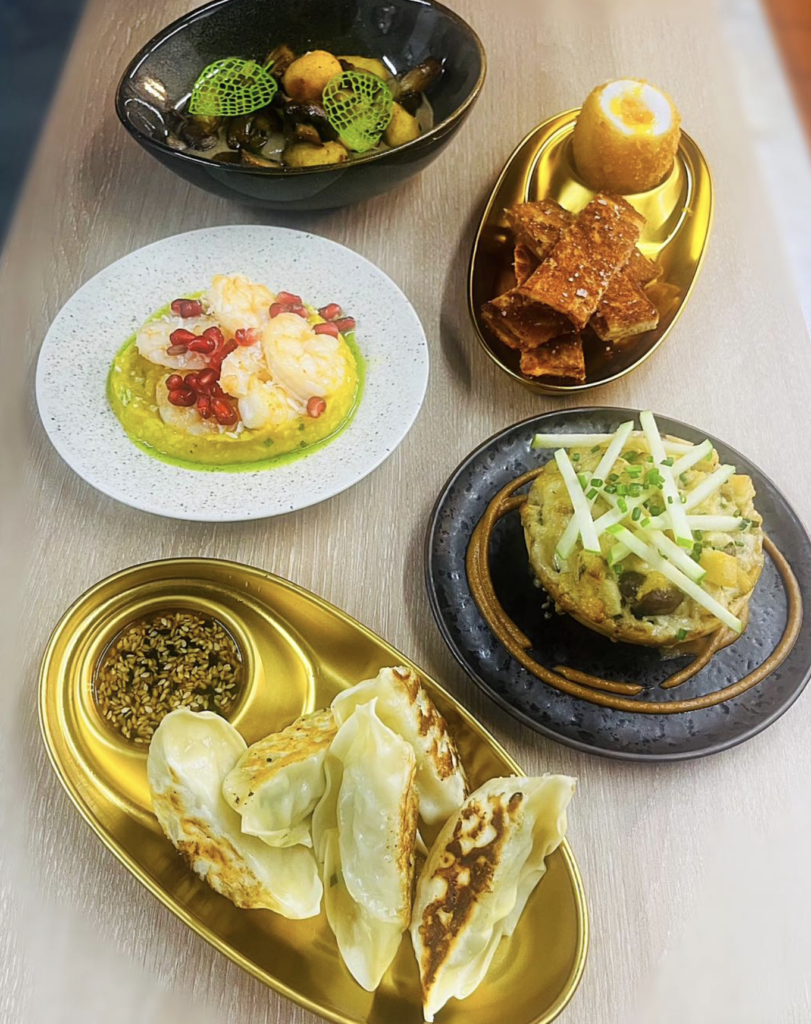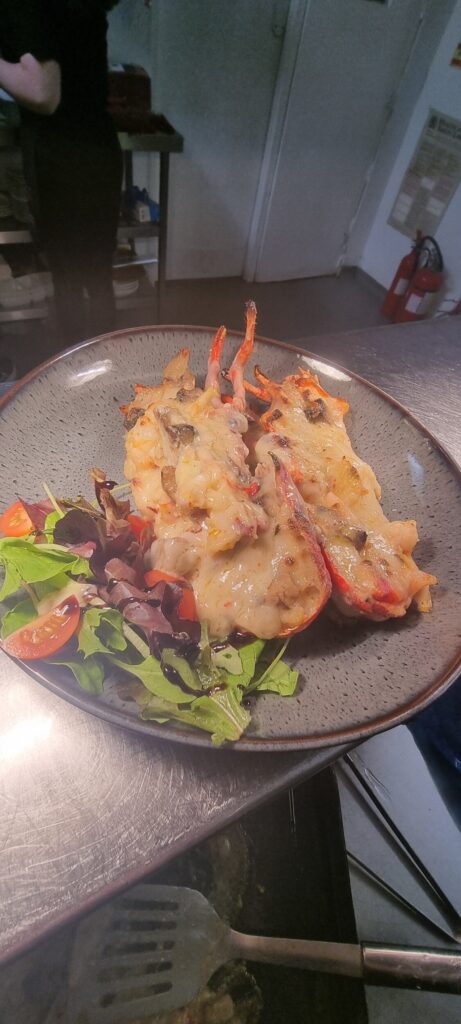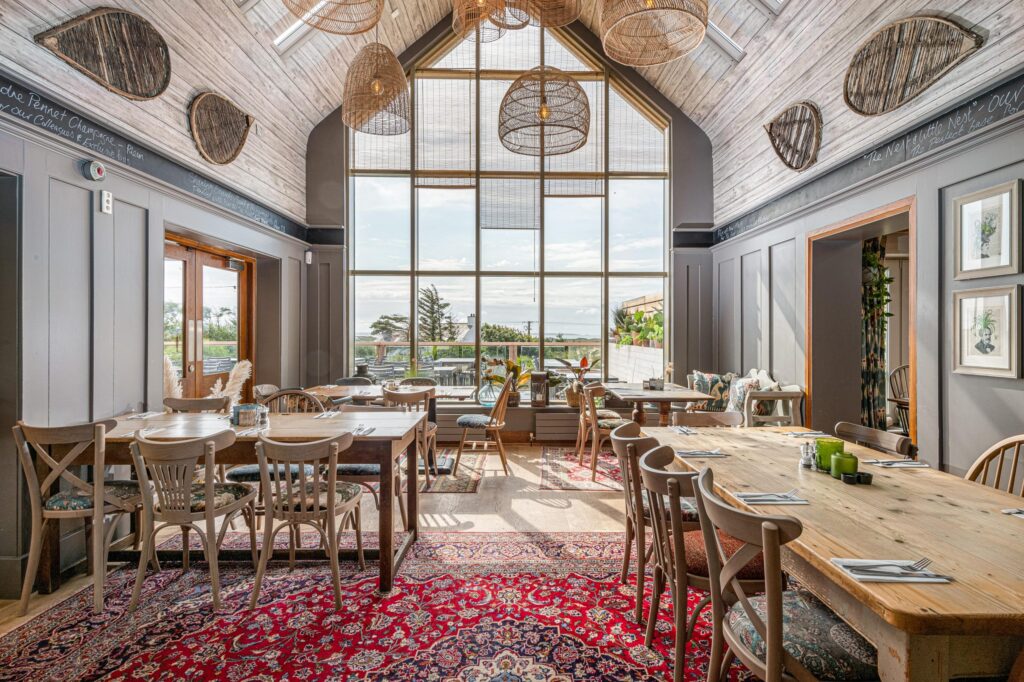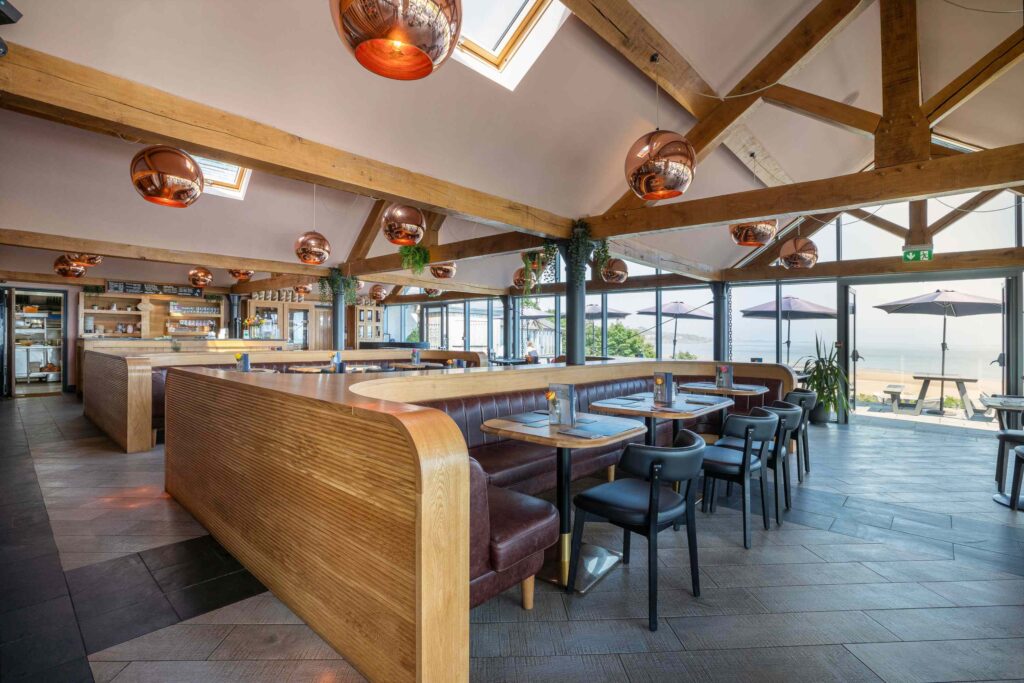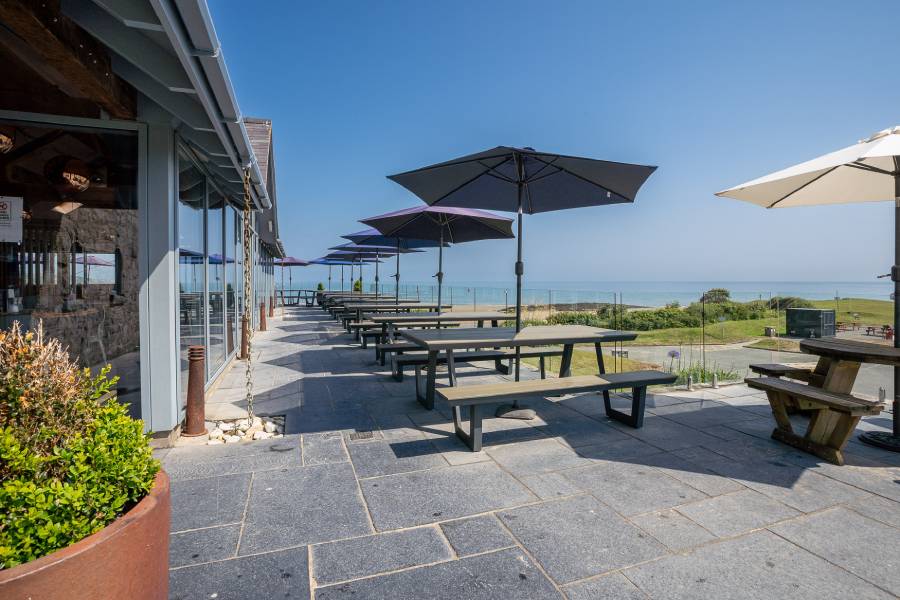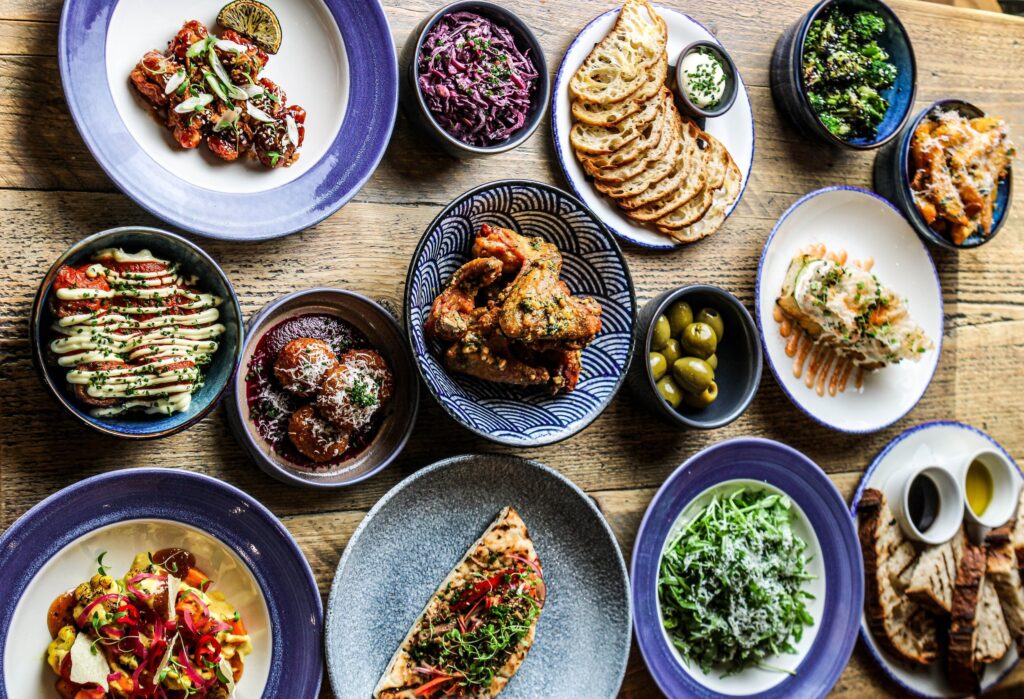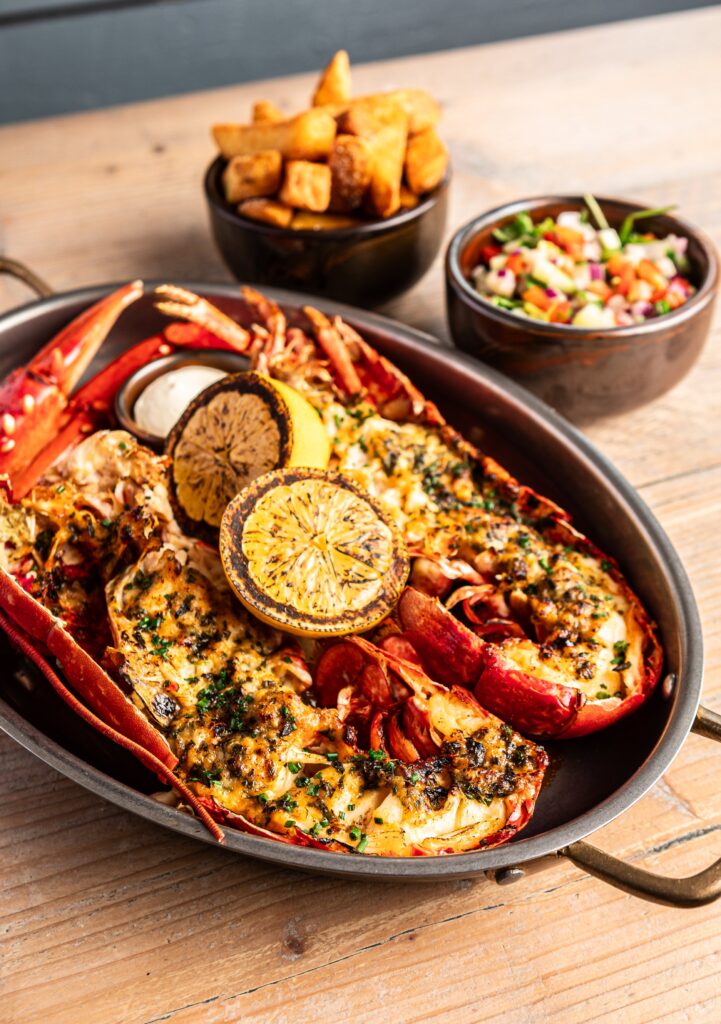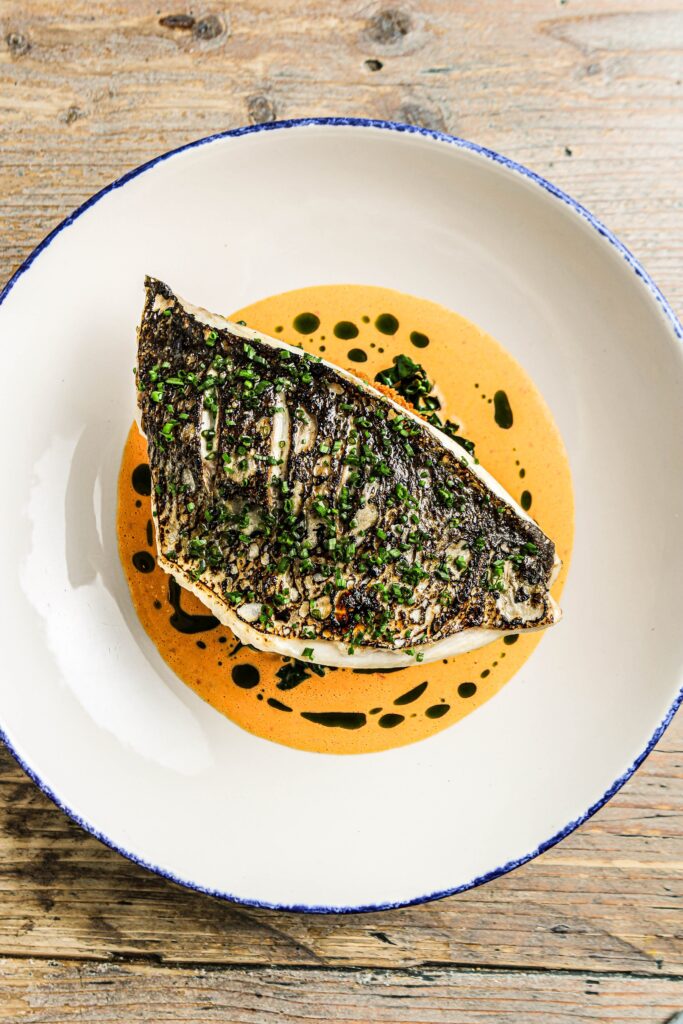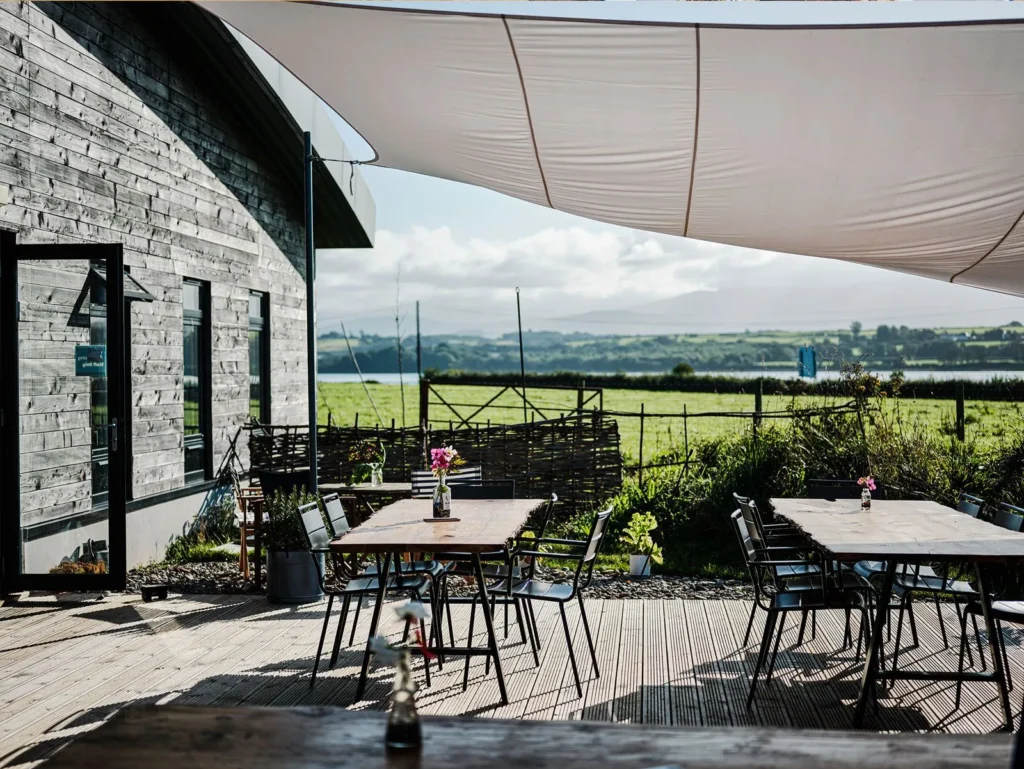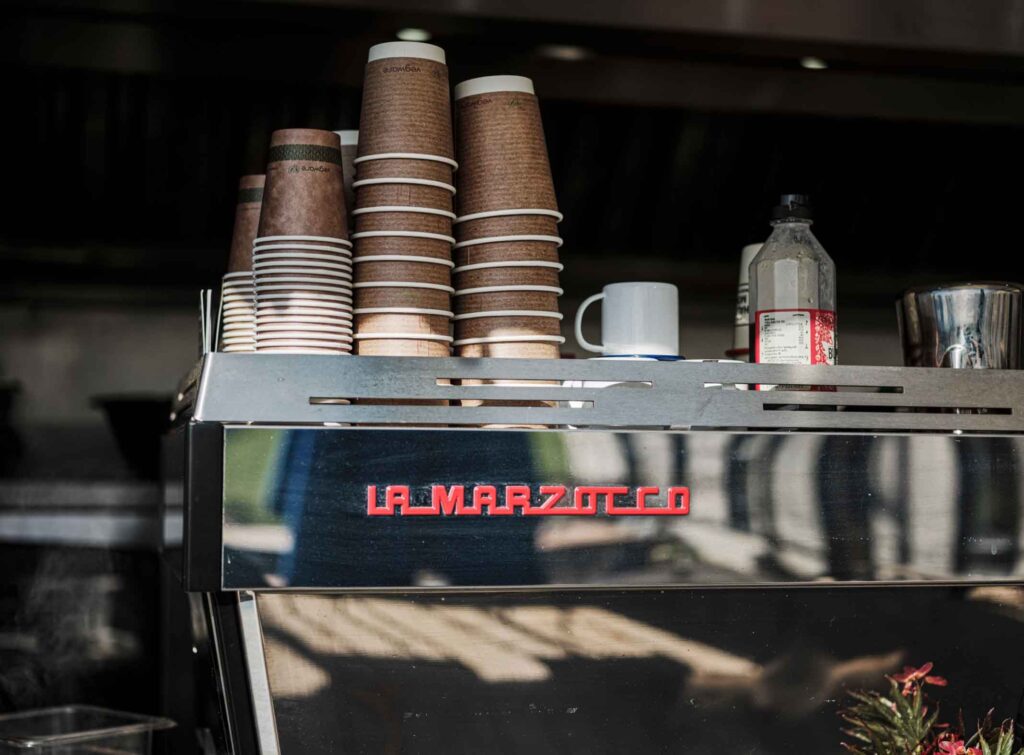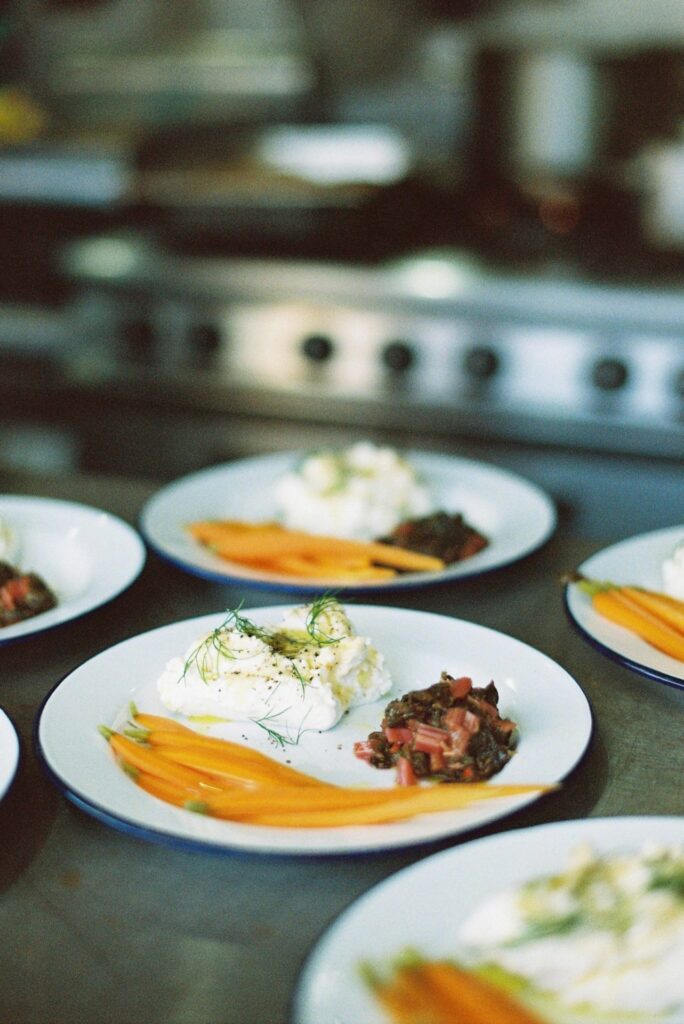One of the most exciting parts about becoming a business owner is the thrill of launching a new product or service. Suddenly, you see the realisation of months of research and development, of testing and learning, all come to fruition. It’s enough to make you feel immensely proud – if you can find the time to feel anything, that is! Because while certainly exciting, this can also be a stressful time, full of surprises and shocks.
That said, you can make things feel a little more under your control with a smart, meticulous marketing plan. Even if you’re an already established business, you still need to work hard to make sure that your audience is aware of, and buys into, your new product and vision. This is most succinctly realised by generating the right buzz behind the product before, during, and after it launches.
How do you do just that? Here are 8 tips from industry insiders on how to generate a buzz around your new product.
Let The Media Get The Word Out For You
What better, more time efficient way to generate a buzz than by having established media outlets do it for you? By their very definition, these platforms have an established, significant following, and have often generated trust in their followers, readers and listeners.
To encourage the media to get the hype going, you’ll need to distribute a press release, essentially a news brief that you send to media outlets. Once media outlets receive these, they have the choice of publishing the story on your behalf or not.
A press release should be short, concise, and informational. It should include all of the important details regarding your announcement which, in this case, is your new product or service, but should also be eye-catching, unique and interesting enough for the media outlet to want to promote the story.
This is news buzz in its simplest form. The more media outlets there are who publish your press release, the more beneficial it will be for you, too.
It’s best to use a two-tiered approach, here. Firstly, you can build up anticipation with a brief announcement before the product launches to start the ball rolling and gain momentum. Then, you submit another update on the launch date itself. Some even send out a third press release, relating to the early reaction to the product. Any publicity is good publicity, as they say.

Share Teasers On Your Platforms
It makes good business sense to tease product launches prior to their arrival, to build a buzz and a sense of anticipation, and even a touch of mystery, before the big reveal actually takes place.
Instead of simply offering up your product for scrutiny during its first announcement to the world, entice your audience with very short but hefty teases that you can post on your social media platforms or on your website. This gives your followers more reason to stay up-to-date and intrigued by what you’re going to do next.
This will help to generate not only the buzz you need to sell your product, but also the right engagement for your business. It’s also a smart move to create a day-by-day countdown that leads to the product reveal. Stay consistent with the countdown, meaning you should post the updates at the same time of day each day, harnessing that sense of control and chaos which markets respond so well to.
Send Products To Influencers
Influencers aren’t only those much-maligned, Dubai dwelling folk who the Daily Mail seem particularly obsessed with. In fact, in some industries, their say holds a lot of sway, and it would be foolish to neglect this modern marketing method completely.
If there’s a trusted and popular influencer that’s in line with the core brand ideals of your company and its place within the industry, then it would be wise to work with these influencers specifically. If you’re launching a new skincare product, for example, then it’s essential that you send samples to beauty bloggers, DIY make-up tutorialists, and skincare experts for a review?
Of course, you have to be confident that your product is worthy of a positive review first, but if you have faith in your offering, then the reach and diversity of an influencer’s channels is crucial to generating a buzz. For more on the subject, here are 4 IDEAL reasons for brands to collaborate with influencers.

A New Landing Page
If you have a website that your audience uses for orders, then it would be wise to utilise landing pages and pre-orders to generate a feeling of exclusivity surrounding your product. Ideally, you’d create a new landing page for your website through which your audience can pre-order the product. This is fairly common practice because of the benefits it offers in terms of logistics and that feeling of it being a premium, desired product.
Pre-ordering is a retail practice through in which people, essentially, reserve their slot for a product and pay for it upfront. The practice is effective at generating a buzz because people will think that the new product is particularly desirable because the company is confident enough to open pre-orders for it.
By allowing pre-orders for a product, you can get a broad measure of how big a success it can be before it actually launches. This can prevent under or over production of your product, which is a common problem that companies suffer from when launching new products or services.
Hold Contests & Competitions
People enjoy participating in contests and entering competitions online, providing a frivolous bout of escapism in an otherwise dull day. They’ll love doing so even more if the end reward is your new product.
This works particularly well when marketing niche businesses which might still be something of a mystery to the wider target market. Pulling off a successful competition which sees engagement with a wide audience will help generate serious hype for your product, increasing its desirability and sense of exclusivity, and ensuring it sticks in the mind of consumers for longer. Moreover, it gives people more reason to tune in regularly to your platforms to get updates; a habit you, as a company, should look to nurture.
Some business owners choose to reward the winners of these competitions with the new product before its official launch date. This means the company has a testimony about the quality of the product when it’s still yet to arrive; an interesting angle to up the ante on that all-important exclusivity factor, don’t you think?
Release A Behind-The-Scenes Footage Of How It Is Created
People want to learn more about your product in a raw, unfiltered way. Increasingly, it’s via this ‘managed transparency’ that a sense of authenticity and connection is cultivated, and ultimately, loyalty is generated.
One of the best ways to do this is to release a video that details both the thought process and the actual process behind the creation of the product. This gives them the means to measure the quality of the product even before they get their hands on it, and understand that it comes from a place of hard work, struggle, and dedication, rather than it being a soulless product of the corporate machine.

Leverage Product Sampling Strategically
One of the most effective yet underutilised tactics for generating product buzz is strategic sampling. Getting your product directly into the hands of potential customers creates a powerful, tangible connection that digital marketing alone can’t achieve.
Consider partnering with a specialised product sampling agency to distribute your offerings to targeted demographics. These agencies have refined methods for ensuring your samples reach the right people in the right contexts, maximising impact while minimising waste. Whether it’s through curated subscription boxes, event activations, or high-traffic location setups, a professional sampling campaign can generate authentic word-of-mouth marketing that’s invaluable for new product launches.
The beauty of strategic sampling is that it creates genuine user experiences, which often translate to social media mentions, honest reviews, and real customer feedback before your full launch. This approach not only builds anticipation but also gives you valuable insights for any final adjustments needed before the official release. Just be sure to time your sampling initiatives to align with your overall launch timeline for maximum effectiveness.
Avoid Revealing Too Much
As the owner and developer of the product, you’re probably excited to showcase it to the world as fast – and in as much detail – as you possibly can. However, your patience, and even your reticence, can actually be a blessing.
You want to retain an air of mystery here, so avoid revealing too much about the product too far in advance as this can kill the hype behind it. Leave your audience wanting more, and they’ll do just that.
The Bottom Line
A product launch should not just be exciting for you, the business owner; it should also be exciting for your fans and followers. Fortunately, the modern marketing campaign is blessed with a rich variety of platforms and channels to exploit in order to have the widest reach and generate the loudest buzz, possible. Good luck!
And if you’re keen to assess the performance of your campaign and product on key indicators which don’t relate to sales alone, then check out this guide on how to tell if your digital marketing campaign is working.


